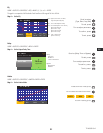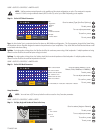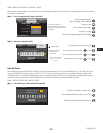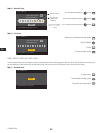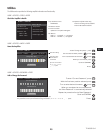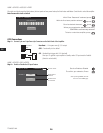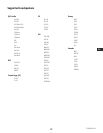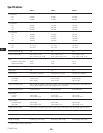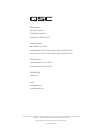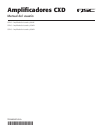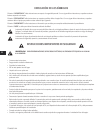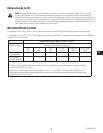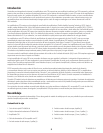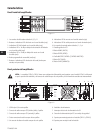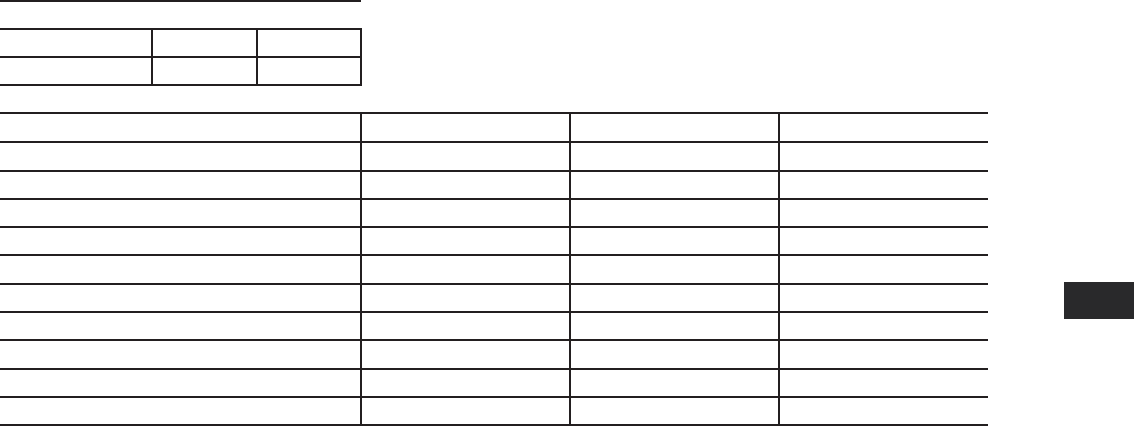
29
EN EN
TD-000367-00-A
Heat Loss Charts
Heat losses are the thermal emissions from an amplifier while it is operating. It comes from dissipated waste power—i.e., real AC power in minus audio
power out. Measurements are provided for various loads at idle, 1/8 of average full power, 1/3 of average full power, and full power, with all channels
driven simultaneously. For typical usage, use the idle and 1/8 power figures. This data is measured from representative samples; due to production
tolerances, actual heat emissions may vary slightly from one unit to another. Bridged mono into 8 ohms is equivalent to 4 ohms per channel; into 4
ohms is equivalent to 2 ohms per channel.
BTU/hr kcal/hr
Idle
CXD 4.3 225 57
CXD 4.5 286 72
Load per Channel 8Ω 4Ω 2Ω 25V-70V-100V
BTU/hr kcal/hr BTU/hr kcal/hr BTU/hr kcal/hr BTU/hr kcal/hr
1/8th Power
CXD 4.3 684 172 794 200 1040 262 794 200
CXD 4.5 811 204 1144 288 1124 283 1144 288
1/3rd Power
CXD 4.3 983 248 1261 318 1869 471 1261 318
CXD 4.5 881 222 1708 430 1737 438 1708 430
Full Power
CXD 4.3 2498 629 2925 737 4198 1058 2925 737
CXD 4.5 3116 785 5318 1340 4208 1060 5318 1340
Idle
Thermal loss at idle or with very low signal level.
1/8 Power
Thermal loss at 1/8 of full power is measured with pink noise. It approximates operating with music or voice with light clipping and represents the
amplifier's typical "clean" maximum level, without audible clipping. Use these figures for typical maximum level operation.
1/3 Power
Thermal loss at 1/3 of full power is measured with pink noise. It approximates operating with music or voice with very heavy clipping and a very
compressed dynamic range.
Full Power
Thermal loss at full power is measured with a 1 kHz sine wave. However, it does not represent any real-world operating condition.



